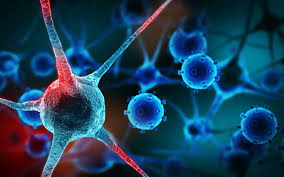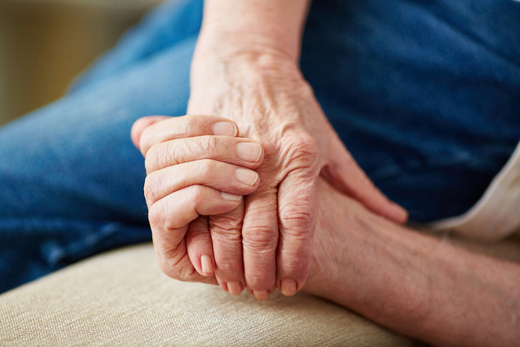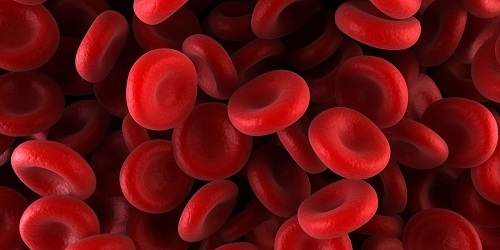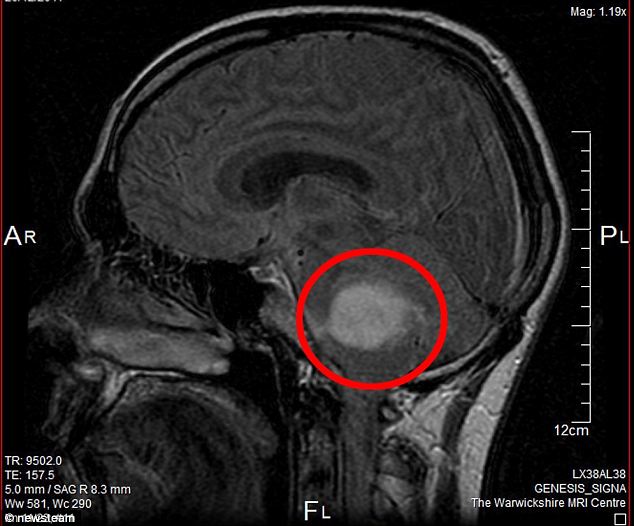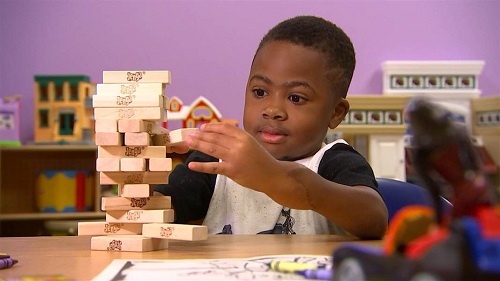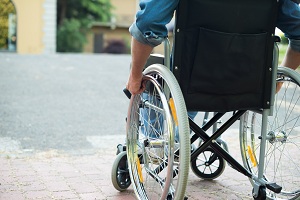Intensive therapy with specially trained personnel and newly created robotic aids can help stroke patients regain limb movement more than a year after a stroke occurs, a new study has revealed. During a VA-funded controlled study at four VA medical centres in West Haven, Baltimore, Gainesville and Seattle, stroke sufferers regained limb movement, long after an injury, through intensive therapy. There are about 6.4 million stroke patients in the USA and rehabilitation therapy is typically only administered over the first six months after a stroke due to conventional thinking that long-term stroke survivors do not normally see benefits after that time. The study, which featured a robot called the MIT-Manus, was used on 127 war veterans (96% were men and 78% were white) around the age of 65 years, of which about a third had suffered multiple strokes. Results showed that patients who had 12 weeks of robot-assisted therapy showed statistically significant improved quality of life (an eight-point improvement on the Stroke Impact Scale) compared with patients who had no additional therapy. Over six months, patients aided by the robotic therapy showed clinically significant upper-arm function (three-point improvement on the Fugl-Meyer Scale) compared with the usual care group. The therapy involved repetitive guided movement, three times a week, for three months. One group of patients also underwent upper-limb therapy with the use of the robots, which were designed at Massachusetts Institute of Technology.

Be a part of Elets Collaborative Initiatives. Join Us for Upcoming Events and explore business opportunities. Like us on Facebook , connect with us on LinkedIn and follow us on Twitter , Instagram.


